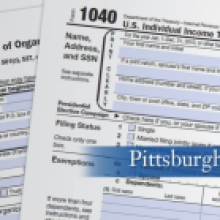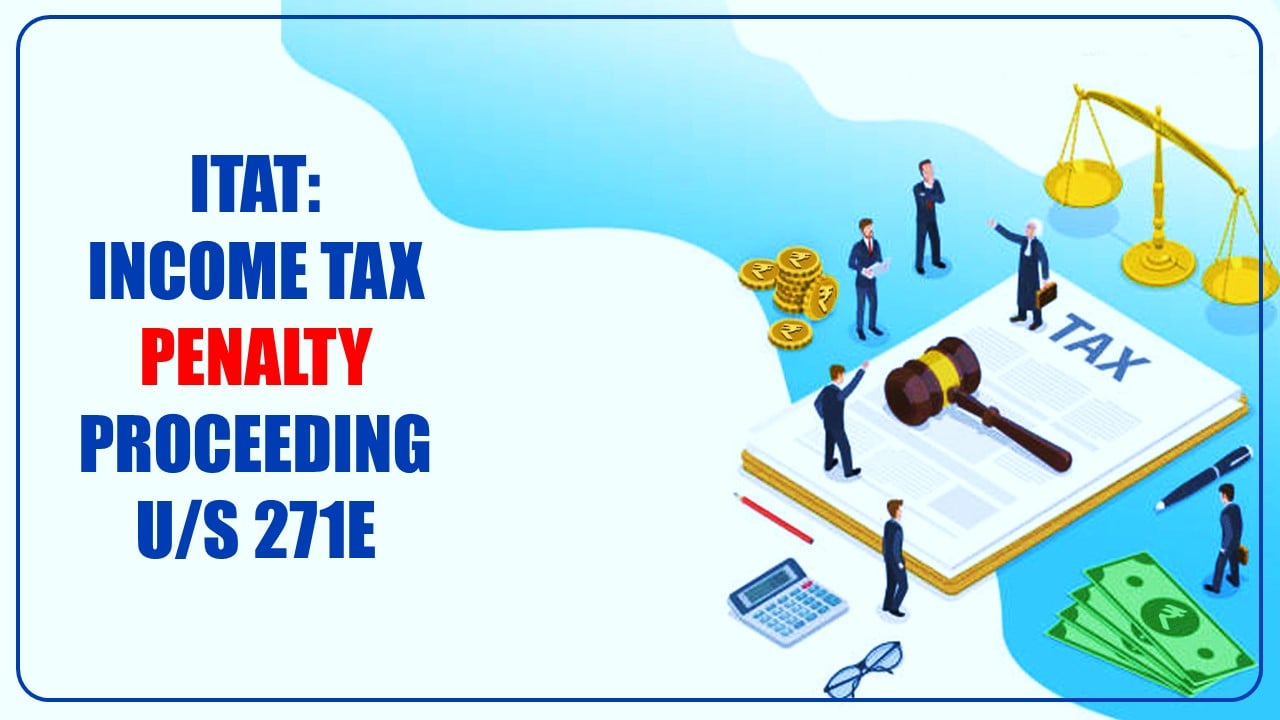Monday, August 28, 2023
Hemel: Phaseouts
Daniel J. Hemel (NYU; Google Scholar), Phaseouts, 74 Tax L. Rev. __ (2024):
Federal tax law is replete with benefits that phase out with income. These phaseouts are often criticized for further complicating an already abstruse Internal Revenue Code and misleading taxpayers about marginal rates. Many tax scholars who have analyzed these provisions conclude that most phaseouts ought to be scrapped. Ignoring those criticisms, Congress has continued to add phaseouts to the Code without any sign of slowing down.
This Article seeks to explain when and why phaseouts are a normatively desirable feature of tax statutes. More specifically, it asks why rational policymakers would ever choose a phaseout over the revenue-equivalent alternative of a universal benefit paired with an offsetting adjustment to marginal rates for all taxpayers in and above the phaseout range. It considers and rejects several superficially plausible justifications for phaseouts, including the (mistaken) argument that phaseouts enhance efficiency by ensuring that subsidies go only to taxpayers whose behavior might be influenced at the margin.
The Article then identifies three circumstances in which the case for phaseouts is more persuasive: (1) when lower-income individuals who engage in a particular activity generate larger positive externalities than higher-income individuals who engage in the same activity; (2) when lower-income individuals who engage in a particular activity generate larger positive “internalities” than higher-income individuals who engage in the same activity; and (3) when a good or service is complementary to labor for lower-income taxpayers but not for higher-income taxpayers. These three rationales—involving income-contingent externalities, income-contingent internalities, and income-contingent labor complementarities—potentially justify phaseouts in many of the cases where phaseouts are in fact used, including tax benefits for health insurance, higher education, and retirement savings. By contrast, several other existing phaseouts—such as the phaseout of the child tax credit, the adoption tax credit, and the clean vehicle tax credit—are extremely difficult to justify as a matter of optimal tax policy.
The Article ends by examining implications of the phaseout debate for other tax and transfer policies. It draws lessons for “phase-ins,” for means testing of public welfare programs, and for the choice of whether to use tax or non-tax tools to pursue policy objectives. As to the last point, the Article shows that the case for channeling subsidies through the tax code depends in important part on whether the subsidy calls for a phaseout. Analysis of phaseouts thus sheds light not only on the interior of tax law but also on the boundary lines between tax and non-tax domains.
https://taxprof.typepad.com/taxprof_blog/2023/08/hemel-phaseouts.html



